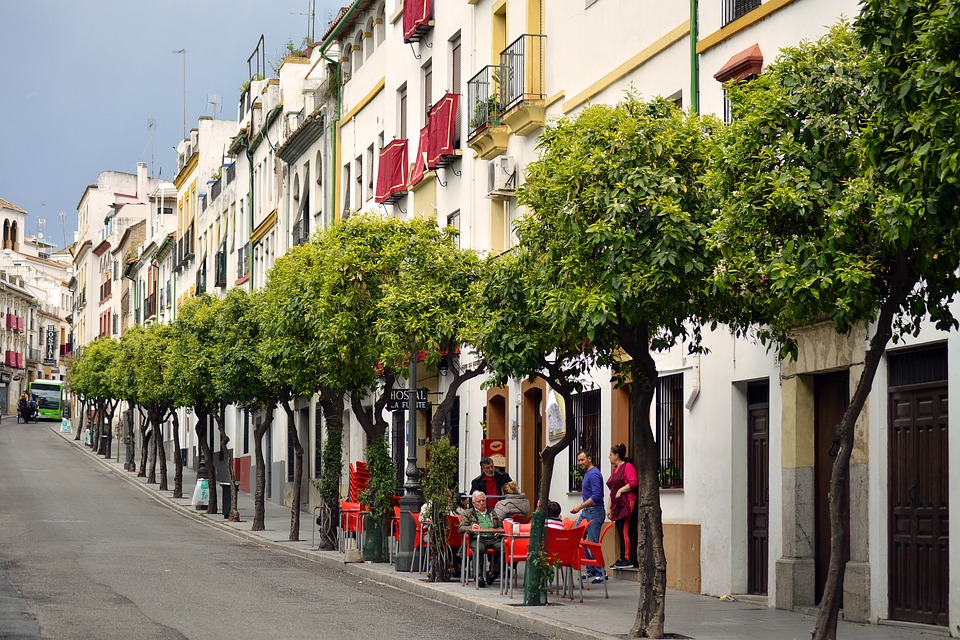Summary
– Why choose to travel slowly?
– Travel differently: slow travel
– Traveling differently, alone, with family, or in small groups
– Reduce your ecological footprint on vacation too
In traditional Chinese medicine, it is sometimes said that a man should never go further than a horse can go in one day. You don’t have to follow this saying, but it can raise the issue of fatigue caused by fast travel.
Slow travel is another way to travel, far from the race of organized trips by plane and bus. Opting for slow tourism means taking the time to discover, offering yourself the luxury of taking your time.
But what exactly is slow travel?
Why choose to travel slowly?

According to a survey carried out in 4 countries, “SLOW” is a trend that is increasingly popular with Americans:
– 53% of the people questioned would like to take more time when visiting a country, a city, or a region.
– Indeed, when one has little time, traveling can become difficult. One may be forced to:
◦ to go less far;
◦ to do fewer things.
But this time limit can also lead to taking time to savor the activities each time. This is where slow travel comes in:
– Finally, stop running, take pleasure in small things, it is sometimes saving!
– Moreover, traveling by plane to reach a destination faster can be exhausting and sometimes prevents you from enjoying the following trip.
– If you take the plane to reach your vacation destination, you can opt for slow travel and enjoy your stay as much as possible!
Travel differently: slow travel

Meet new people
When you travel by car or bus, you only meet the people you are going with. Slow travel will allow you to meet new people if, for example, you are:
– on foot (in case of a trek, for example);
– by bike (which is often intriguing and provokes discussion);
– on a sailing boat;
– on a barge;
– on horseback;
– or by caravan.
You will have time to see them and get to know them, and you will have the opportunity to talk. These “slow” means of transportation make you accessible.
Please note: “slow” means of transportation are, in addition, not very noisy. This allows you to enjoy the scenery and the people you meet along the way.
Traveling with music
Traveling with a musical instrument is a great way, for example, to arouse the interest of the surrounding populations and to “create the encounter”:
– Start playing in a village square, and you will soon see people approaching you:
◦ join you with another instrument;
◦ sit around you;
◦ or start dancing!
– By taking your time and contributing to the atmosphere in the venue:
◦ you will be able to soak up the country you are going to;
◦ while meeting and observing people and things you would never have seen otherwise.
Travel differently, alone, with your family, or in a small group
This perspective of “traveling differently” often rhymes with the idea of traveling in small numbers, which also encourages welcoming and meeting people:
– If you arrive with four or five people, you will easily find people who will want to welcome you, offer you tea, show you how they turn wood, shape bread, take care of their animals, etc.
– However, it will be different if you arrive at 25 or 50!
Reduce your ecological footprint on vacation too
Vacations often rhyme with consumption and pollution:
– We buy a lot:
◦ ready-made meals;
◦ disposable dishes;
◦ of individual drinks;
◦ foods with multiple packages, etc.
– With slow travel, you take the time to make your food and meet the local people. Automatically, you eat less in restaurants and go to the supermarket less!
– Moreover, when we travel, we use a lot of cars and planes, means of transportation that are very polluting. The train, bus, local, or even carpooling will feed your desire to meet people while allowing you to move relatively quickly.
The bicycle, the rickshaw (small three-wheeled vehicle, motorized or not), the rickshaw, and walking will allow you to circulate without polluting.

Leave a Reply
You must be logged in to post a comment.